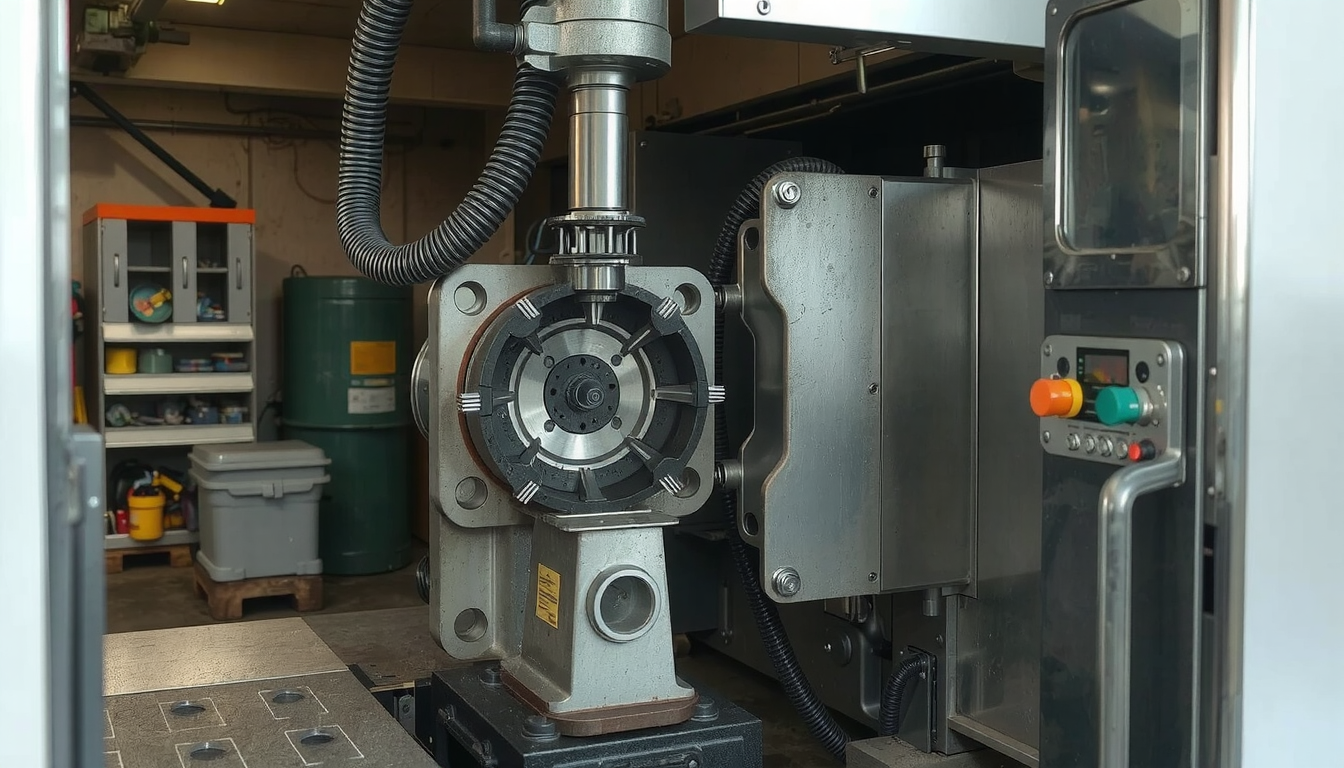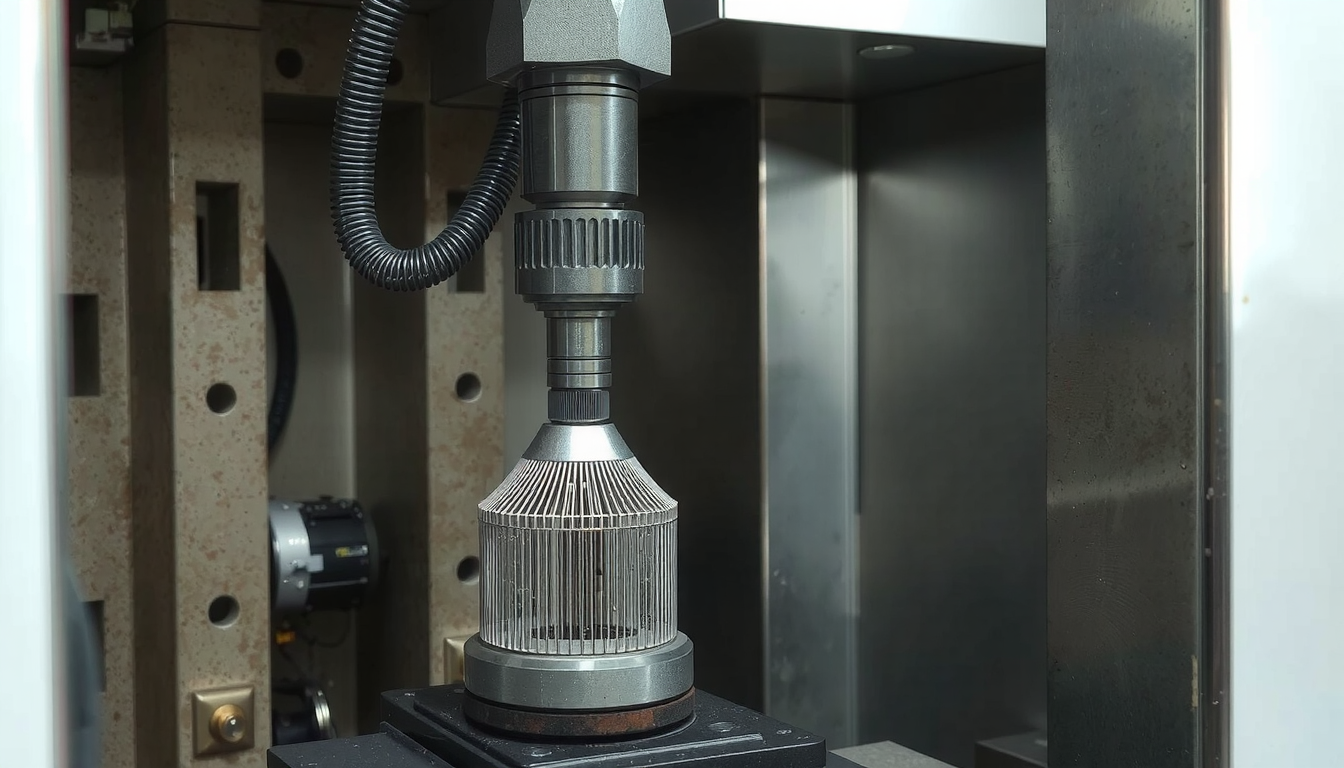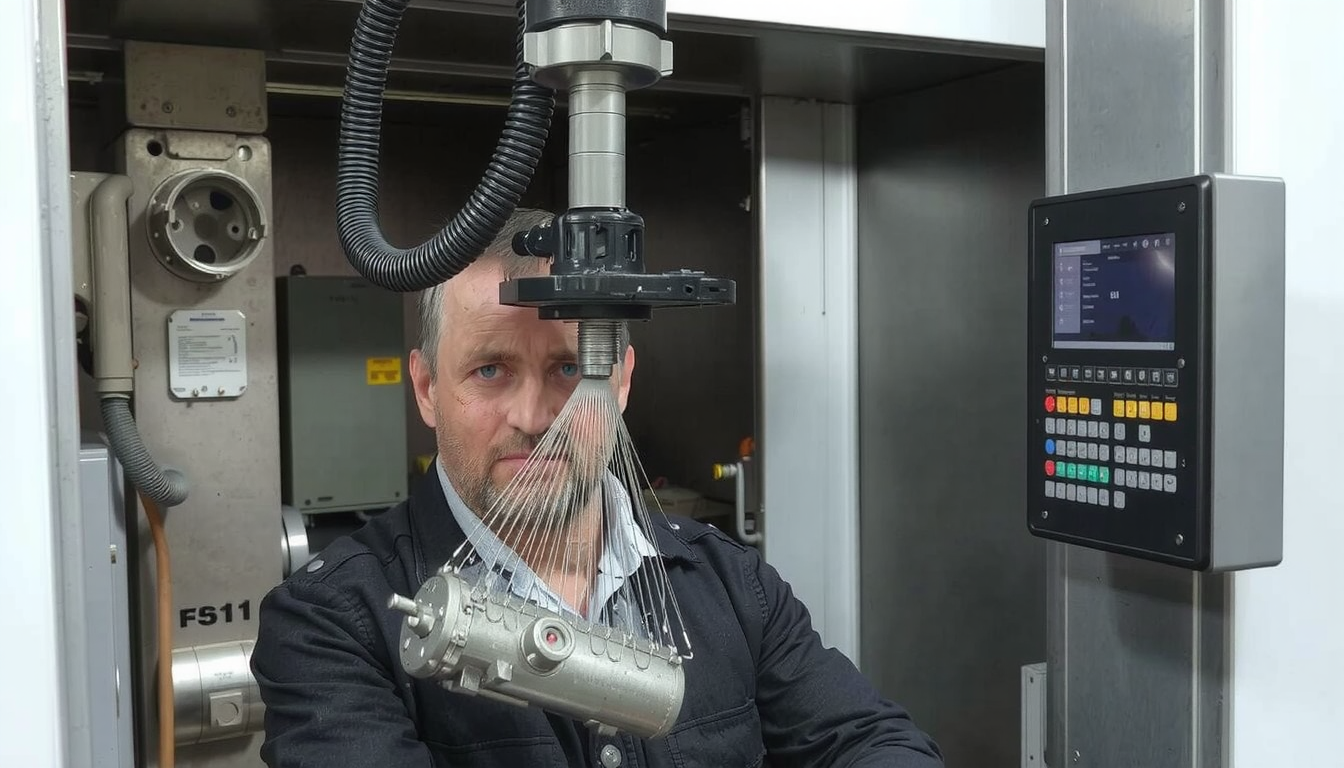Transforming a digital design into an actual, top-class part can be an exclusive gun. It is mandatory to have a well-structured and thoroughly sequenced process. This needs to be a cost-effective solution as well. CNC Machining is the best alternative at this point.

CNC is a short form of Computer Numerical Control. It is a collection of manufacturing processes. Such processes make use of computer-controlled machines that are typically guided to remove material from a solid workpiece. This technique is known as subtractive manufacturing.
The two most prevalent forms are CNC milling and CNC turning. Familiarizing oneself is the prerequisite for the right choice for the project. This guide will describe the methodology of these services. By doing so, it will illustrate what the choice between them should be like. Additionally, you will learn the indelible mark that a good manufacturer will make.
The Workhouse Processes: What Are CNC Milling and Turning?
Both milling and turning use a cutting tool to shape a part from a solid piece of material. The main difference is what moves. Imagine milling as a high-tech sculptor. The tool moves around the material. Turning is more like a precision potter’s wheel. The material spins against the tool.
The correct process is crucial. You should do that to obtain the best results from cnc milling and turning services.
Comprehending CNC Milling
In CNC milling, the material block retains its position. The term for that piece is the workpiece. A rotating cutter that has several cutting edges passes over it to eliminate the material. The tool can move in many directions which in turn allows it to create diverse shapes.
This process is most suitable for parts that have flat surfaces. Also, it could be useful for pockets, holes, and complex shapes that are not symmetrical. Mills use different axes of operation. A 3-axis mill can shift from left to right, back and forth, and up and down. More axes make the production of more complex parts with just one setup possible. For instance, last generation 3-axis or 5-axis milling machines could generate parts with detailed features. They do it without the need to re-position the workpiece.
Comprehending CNC Turning
In CNC turning, the workpiece spins at a very high rotation speed. Normally this workpiece is either a round bar of metal or plastic. The cutting tool, which is motionless with a single blade, contacts the workpiece rotating firmly. This leads to the material being shaved off thus, obtaining the desired cylindrical form.
Turning is the best way to make a round, conical, or tube-shaped parts. It also helps make features like grooves, tapers, and threads. You can find them on shafts, pins, and nozzles. As a part of modern CNC Turning centers, they often have “live tooling”. It delivers additional on top of its rotational axes, a tool to drill holes. Additionally, they are able also to mill features on the part being in the lathe. Our Токарные работы с ЧПУ applies the above-mentioned technique to manufacture complex parts more efficiently.
Overview: Milling vs. Turning
The following table provides a quick overview of the two fundamental processes mainly employed in cnc milling and turning services.
| Характеристика | Фрезерование с ЧПУ | Токарная обработка с ЧПУ |
|---|---|---|
| Заготовка | Stationary | Rotates |
| Инструмент | Rotates | Stationary (mostly) |
| Best for | Complex, flat, non-symmetrical parts | Cylindrical/conical parts |
| Example Parts | Engine blocks, enclosures, molds | Shafts, pins, fasteners, nozzles |

Decision-Making: How to Choose for Your Project
Deciding whether to go for milling or turning is not simple at all times. A lot of parts require both processes. This directive will help you in seeking the accurate queries about your design aiding you come up with the applicable procedure.
The Commencement of Part Geometry
The form of your part is the crucial factor.
-
Is your part cylindrical essentially? If this cylindrical attribute dominates the shape, just like a piece of shaft or pin, the very first option is turning. This is the simplest way to make cylindrical features. It is also economical.
-
Does your part contain complicated non-radial features? If your part consists of flat faces, deep pockets, or holes located not on the center line, you should utilize milling. That is because these features can not be manufactured just by a straightforward turning operation.
Focus on Cost and Speed
For easily produced round parts, turning will mostly be quicker and cheaper than anything else. It’s about the uncomplicated set-up. The operation itself is very temporal as much material removed in a very quick time. These advantages make it fit for mass production of parts such as fasteners and bushings.
Complexity is a major cost driver for any manufacturing process. As noted by on-demand manufacturing, more complex part geometry directly increases machining costs. A part that needs several setups on various machines will be more expensive. This is due to additional labor and time. On this occasion, the use of special equipment yields a significant benefit.
What About Hybrid Parts? The Power of Mill-Turn and Swiss Machining
Many modern parts are neither “milled” nor “turned” entirely. The usual configuration is a hybrid of both. An example of that is a round driveshaft that has a flat keyway milled in its surface.
Mill-turn centers could be the answer to that. These stunning devices combine a lathe and a CNC milling machine (mill) in one. They can create a cylindrical part and then use “live tooling” to machine flats. They are capable of drilling holes and creating other features all with one setup. That brings reductions in handling, enhancement in precision, and drop in costing.
For very small, long, and complex parts, another process is even better. Swiss-style turning is a special type of turning for small-diameter components. It is broadly used in the fields of medicine and electronics due to its precision. For intricate and small-diameter components, specialized Токарные работы с ЧПУ в Швейцарии offer unmatched precision and efficiency.
Common Materials for CNC Milling and Turning Services

One of the most significant benefits of CNC machining is the vast variety of materials available. The material selection will depend on both the function of the part and your budget. Here are some of the common alternatives.
Металлы
- Aluminum (e.g., 6061, 7075): This is a very popular choice. It has a great toughness-to-weight ratio. It processes easily and is oxidized. For that reason, it is typical for use in aerospace components, electronic casings, and custom brackets.
- Stainless Steel (e.g., 303, 304, 316): Renowned for its exceptional strength and high resistance to rust and chemical interaction. It finds application mostly in medical devices, food manufacturing equipment, and marine parts.
- Carbon Steel: This is a very tough, reliable, and cost-effective material. It is usually utilized in the manufacture of machinery parts, heavy duty nuts and bolts, and structural components.
- Brass & Copper: These metals are among the best conductors of electricity. They are used in applications for intruder protective devices or bioengineering electronic devices.
- Титан: This is the strongest metal with low weight. The metal can be used inside the human body and withstands extreme high temperatures. It is used in the racing cars, aerospace, and medical implants.
Пластмассы
- ABS: A common plastic that has decent impact resistance. It is often used for the production of prototypes and protective enclosures.
- Нейлон: This is one type of strong plastic that can also be used in high-wear applications. It is an excellent choice for gears, bearings, and wear pads.
- PEEK: This is an engineered high-performance plastic that stands up to extreme heat and harsh chemicals. It can be used in demanding parts in the military and medical industries.
- Delrin (Acetal): This material is rigid, low friction, and holds shape well. It is used in gears, bushings, and other moving parts.
Choosing the Right CNC Machining Partner: A Checklist
The right partner for your even cnc milling and turning services is just as significant as your design. A good company will have quality parts completed on time. They can also assist you in modifying your design. Here is a checklist to make the vetting of potential suppliers easy for you.
Technical Capabilities and Equipment
- Do they have the right machines for your part? If your part is intricate, ask if they possess 5-axis milling or mill-turn centers.
- What are their tolerances? A tolerance is a dimension that is above or below the nominal limit. Look for partners who can keep tolerances of ±0.001″ (0.025mm) or lower.
Обеспечение качества и сертификация
- Look for essential certifications. An ISO 9001 certification points to a quality management system of good strength. An AS9100 certification is a must for aerospace work.
- Ask about their inspection process. Do they have advanced tools like CMMs (Coordinate Measuring Machines) to verify that parts meet the drawing specifications?
Опыт и знания
- The principal observation here is that the best partners are those that take on a consultative service approach. They ought to review your design and present manufacturability suggestions (DFM). It is this feedback that can help you cut costs, shorten lead times, and improve the part’s performance.
- Have they worked with your industry or material before? A shop with experience in the medical sector, for example, will understand the specific requirements for that field. This expertise is a key factor in high-quality cnc milling and turning services.
Steps Towards Accurate Quotes

Accurate and fast quotes are possible only if you provide complete information. A professional machine shop requires:
- 3D CAD File: A STEP (.stp) or IGES (.igs) file is best.
- 2D Technical Drawing: A PDF drawing with all dimensions, tolerances, and special notes.
- Material Specification: Be specific (e.g., “Aluminum 6061-T6”).
- Required Quantity: List the number of parts you need.
- Finishing Requirements: Specify any extra steps like anodizing, painting, or bead blasting.
- Delivery Deadline: Let them know when you need the parts.
Why Choose Mekalite as Your CNC Machining Partner?
На сайте Mekalite, we operate the latest machinery and hire the most skilled engineers to bring your designs to life. We are proponents of the principles of quality, expertise, and partnership which are discussed in this guide. We believe in being a true partner rather than just a supplier.
Most components require strong parts from our Токарные работы с ЧПУ or intricate components from our specialized Токарные работы с ЧПУ в Швейцарии. We are your go-to source for reliable cnc milling and turning services necessary for your success.
Questions Most Frequently Asked (FAQ) in CNC Milling & Turning Services
1. What is the standard lead time for CNC machining services?
Lead times can differ a lot. Such differences depend on the complexity of the part, the number needed, material availability, and even the workloads of various shops. Simple prototype parts often can be generated in the shortest turnaround of a few days. Whereas, a longer time of several weeks is taken in the case of full production. Don’t forget to mention your deadline in the quote request.
2. Can I order just one prototype?
Definitely. Most modern CNC shops are quite glad to provide even one-piece prototypes. The stage at which you communicate a prototype is very crucial. Because this step permits you to experiment and confirm whatever design you are going for before making a big order.
3. What file format is best for CNC machining?
The preferred file format for CNC machining would be a 3D CAD model in the STEP (.stp) format which is the universal standard. It is the most recommended file type that gives the machine all the 3D shape information it needs. A 2D PDF drawing showing dimensions, tolerances, and any special notes is a best practice as well.
4. How does part quantity affect the price?
The initial setup of CNC machining has costs as well. The machine programming and also making fixtures are included here. These one-time costs spread through the total quantity of the order. Thus, the price for each part will reduce if the number increases.
5. What does the term “tolerance” mean in CNC machining?
Tolerance is the allowable range of change in a measurement. For example, the size of 1.000″ with a tolerance of ±0.002″ is allowed within the range of 0.998″ to 1.002″.

